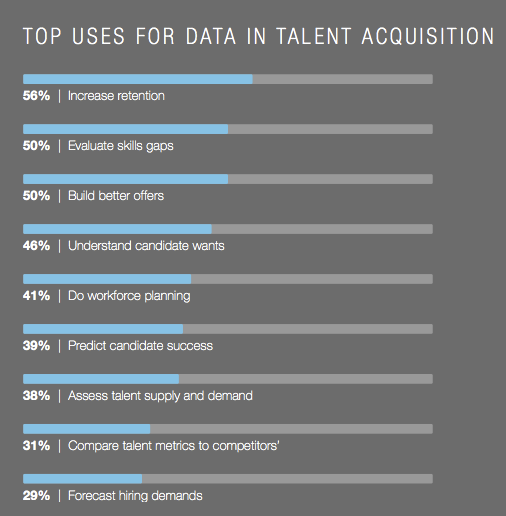The week on the Weekly Dose I review the popular applicant tracking system Greenhouse. I first learned about Greenhouse in 2015 and wrote about as a startup SMB ATS, but it was time to update that review and let you know how they’ve grown.
Since my last review Greenhouse has grown considerably (3,000+ customers) and has a number of companies using them with over 25,000 employees, so we can easily place them in the mid to enterprise market in the ATS space. Definitely, if you’re in that 1,000 to 25,000+ world, this is one of the stand-alone recruiting platforms that you must consider.
The “enterprise” HCM suites (from vendors like Oracle, Workday, etc) are generally able to support the complex IT requirements of big companies, but the Talent Acquisition module has been an afterthought and not really designed to support world-class TA functions. Greenhouse does both – handle the global complexities but with a focus on delivering the tools needed for a strategic, high-performing TA function.
What I like about Greenhouse:
– The only ATS I’ve seen that has a built-in candidate experience survey. If Candidate Satisfaction is important to your organization Greenhouse customers have a significantly higher rate than others based on Talent Board results.
– Built-in CRM tech allows you to keep pipelines engaged and nurture candidates in your database. Sourcing Quality Report which not only tells you where you hire the most candidates from but how far into the process do candidates get via each source.
– Blinded ‘take home’ assessments that help reduce hiring bias within the organization, combined with interview kits for hiring managers to ensure you improve diversity and inclusion within your organization.
– Predictive analytics that can help show you if you’ll be able to fill the positions you have open at the time needed, allowing you to adjust sourcing as needed to reach goals.
– Recruiter/hiring manager auto-alerts when candidates have been in process for too long, which kills candidate experience.
Greenhouse is the real deal when it comes to ATS technology. I can’t really do justice how much you can do with them, especially on the collaboration side of working through the interview process with everyone involved from approval through hire. If you’re looking to upgrade your talent acquisition technology Greenhouse is a great foundational piece to start with.
Greenhouse is definitely one to add to your demo list if you’re in the process of selecting a new ATS. I’ve yet to speak to a TA Leader who was using Greenhouse and left them because they wanted to find something better. I’ve spoken to many who have left others to go to Greenhouse and seem really satisfied.
You can also check out Greenhouse at their annual conference in New York – OPEN 2018 April 2-4, where Patty McCord (one of my favs!) will be keynoting.
Weekly Dose – is a weekly series here at The Project to educate and inform everyone who stops by on a daily/weekly basis on some great recruiting and sourcing technologies that are on the market. None of the companies who I highlight are paying me for this promotion. There are so many really cool things going on in the tech space and I wanted to educate myself and share what I find. If you want to be on The Weekly Dose – just send me a note – timsackett@comcast.net

